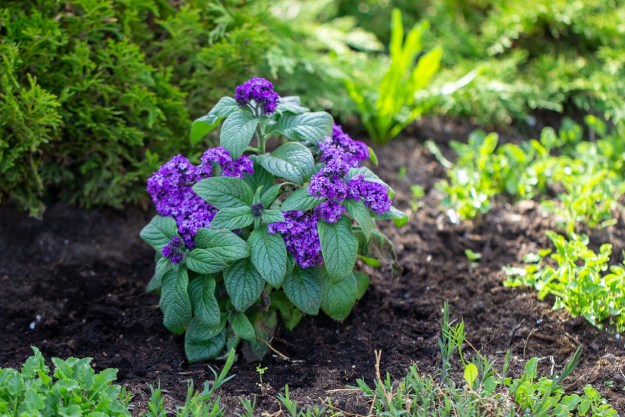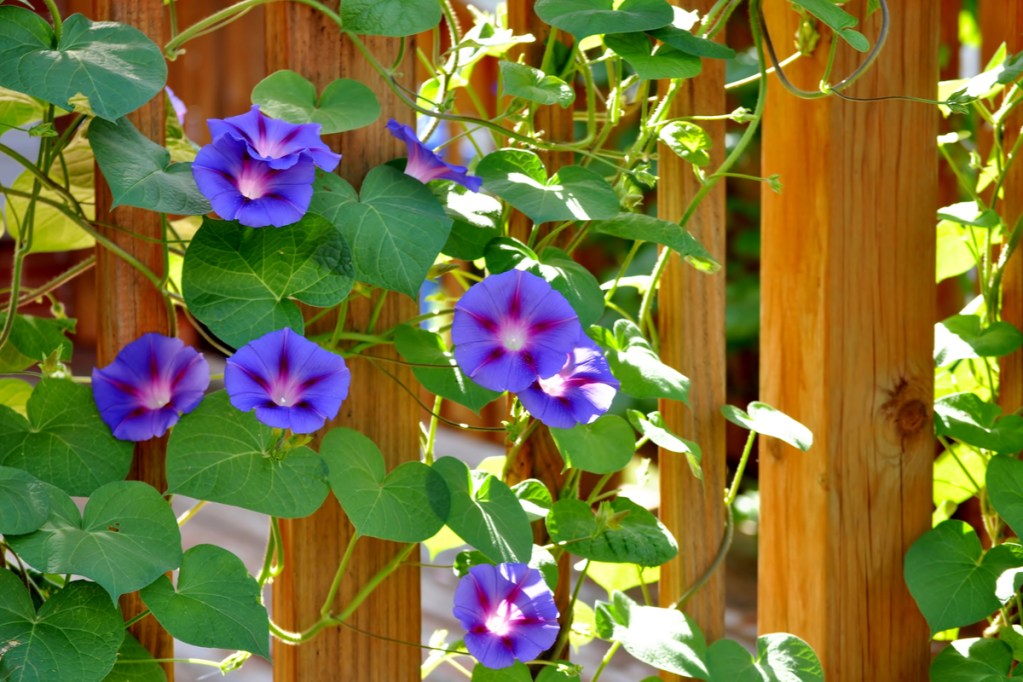
A garden fence serves several important functions for your garden. They can protect your plants from certain pests, help stop spreading plants from escaping the garden, keep other people from trespassing, and even just look nice. There are many styles, colors, and features to choose from when it comes to selecting your fence, which can be overwhelming when you’re trying to decide what type of fence is best for your garden.
This handy guide to garden fence ideas will help you decide on a basic fence style and offer guidance for alterations and decorations you can use to personalize your garden fence.
Classic picket fence
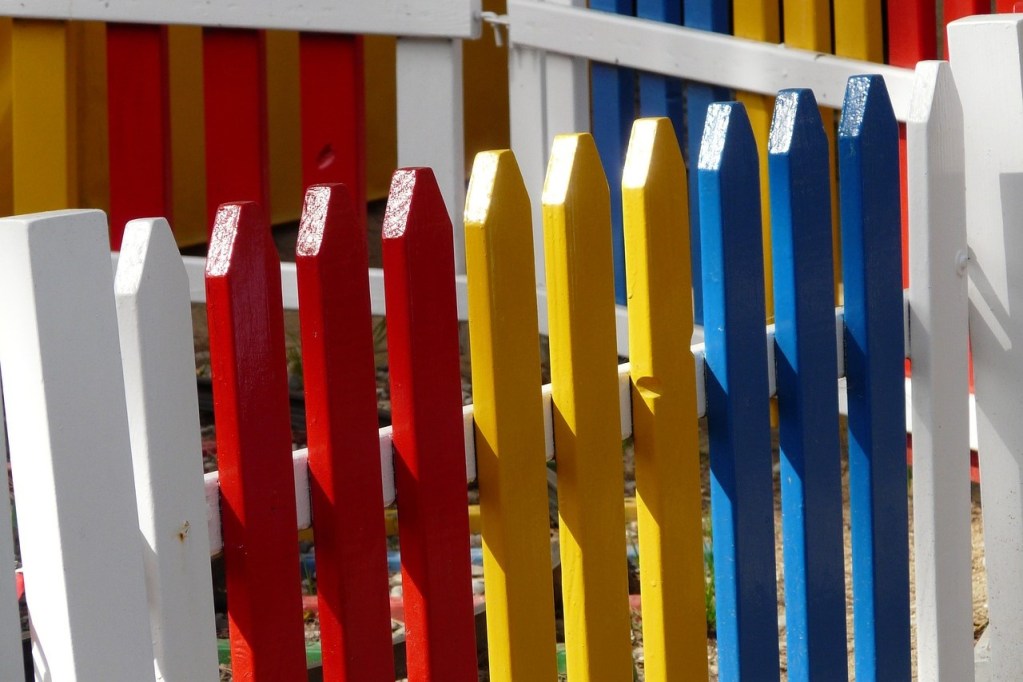
Some may think a white picket fence is outdated, but it’s coming back into fashion. More importantly, it’s accessible, protects your garden, and is easily customizable. Whether you choose classic wood or a more modern PVC material, the closely fitted planks of the picket fence will keep plants in and most pests out.
Although it isn’t ideal for climbing plants, picket fences can be painted or found in different colors and patterns. There’s no reason your white picket fence has to be white. You can paint it a solid color, add flair with a repeating pattern like polka dots or flowers, or paint images like landscapes on it. You can even decorate them with stickers, although we’d recommend sticking to weather-resistant stickers like the ones made for cars.
If your garden serves multiple people, why not invite them to help decorate it? You can assign everyone a different section to paint how they please, or give everyone a certain number of boards to decorate. That way, your fence isn’t just functional, but it also has a fun memory attached to it.
Metallic fence
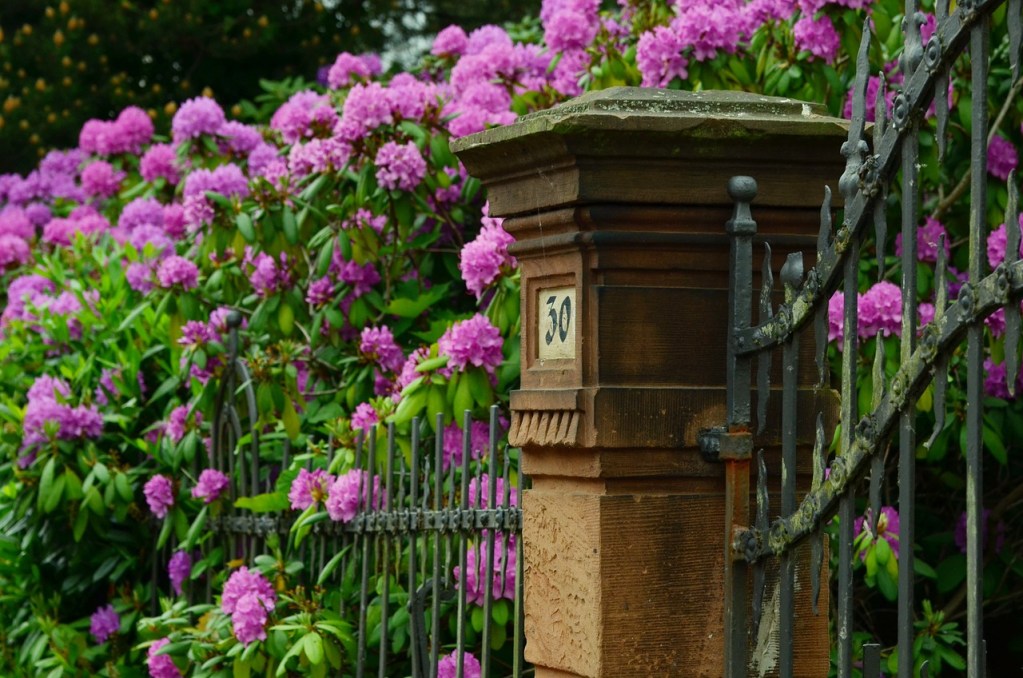
Metallic fences come in many forms, from lighter aluminum fences to heavier steel or even wrought iron fences. Metal fences offer increased durability and weather resistance over wood, although they can also be more expensive. Additionally, while you can paint them, they aren’t quite as customizable as picket fences. However, metal fences are available in an array of decorative designs. From elegant swirls and fleur-de-lises to cute floral or sun patterns, your metal fence can still be beautiful.
You can use a metal fence as a trellis for some climbing vines. Many metallic garden fences have thinner bars or smaller gaps between them, making them better suited for smaller, thinner vines. While they aren’t ideal for growing pumpkins over, a morning glory vine or some climbing roses may be a good fit.
Wood and wire fence
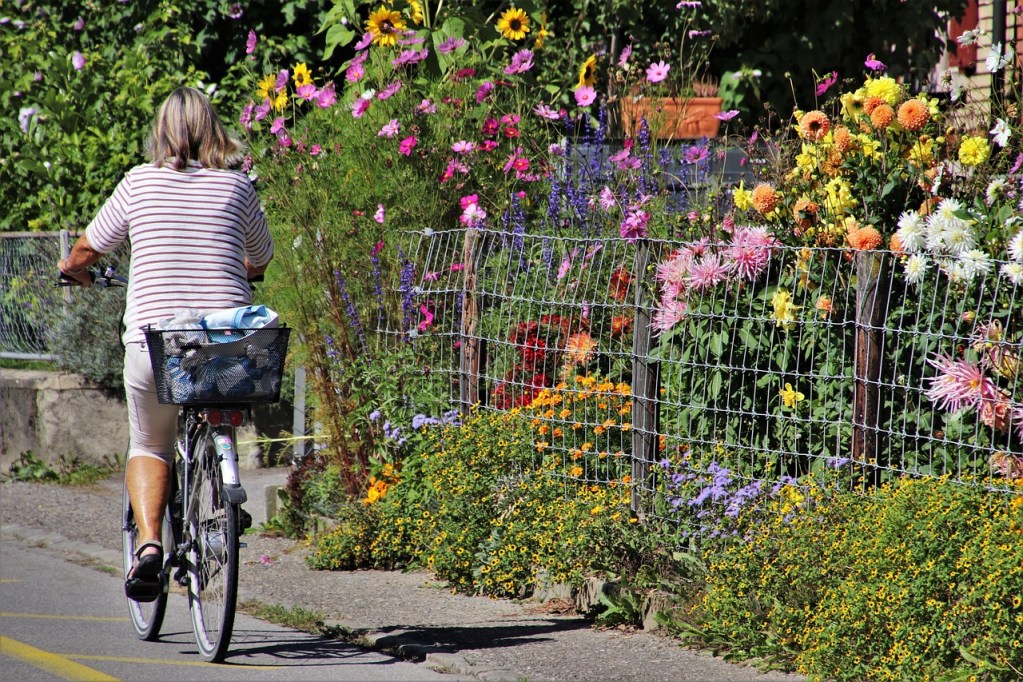
Wood and wire fences come in many forms and styles, from the most basic wooden frame with chicken wire stretched between to a more complicated geometric or patterned design. Wood and wire garden fences are also among the easiest to DIY. If you have the spare time and a few tools, cutting wooden boards and stretching chicken wire between them is not terribly difficult. These fences offer some of the benefits of both picket fences and metallic fences, along with some of the drawbacks.
Because of the coverage of the chicken wire, these fences are great at protecting your garden from larger pests such as rabbits and deer. The wooden surfaces and variety of design options offer a chance to customize your fence. They are durable as long as the wood has weather-resistant sealing. The grid of chicken wire can even be used as a trellis for smaller plants.
However, wire isn’t ideal for larger climbing plants, and no matter how much you dress it up, it will always look like wire. They require regular maintenance, both to ensure the wood is properly treated to withstand the weather and to keep the wire secure. If you choose to DIY, you also have to contend with the cost of supplies and the time it takes to build it.
Trellis fence
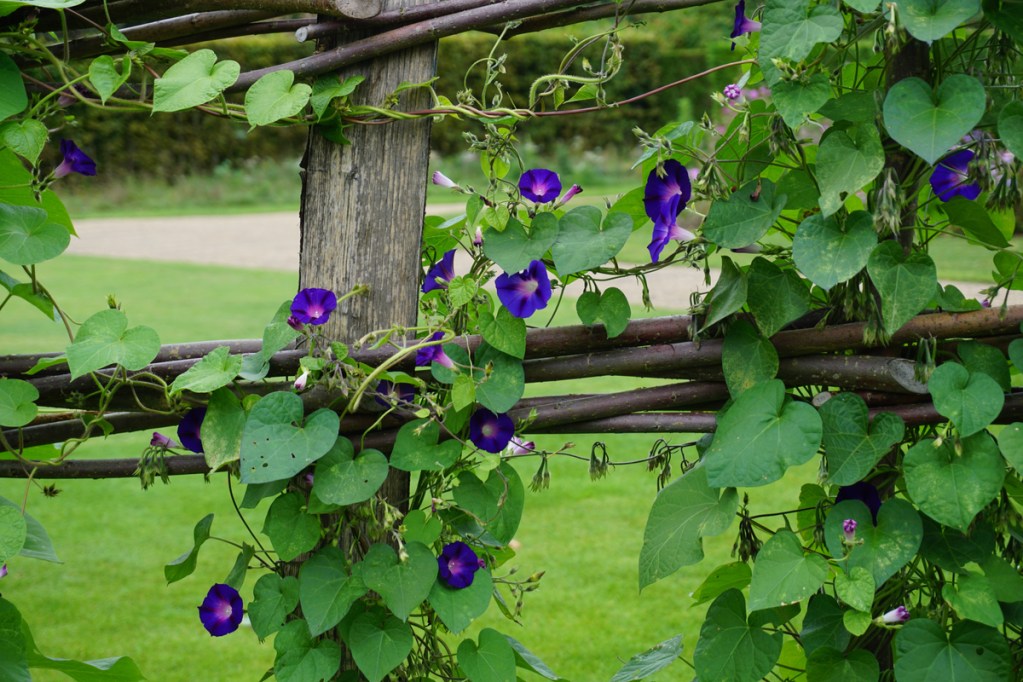
Trellis fences can take several forms, but the most basic is a simple structure of posts with two or three beams connecting them horizontally. As the name implies, this garden fence is ideal for growing plants on. The wider spacing of the beams and the shorter, sturdier nature of the fence make it the perfect option for growing any number of climbing plants.
The benefits and drawbacks of this fence are clear. It doesn’t offer much in the way of protection, except perhaps from the largest pests, but it is aesthetically pleasing. If you love vining plants and feel like your garden doesn’t need much protection, this is an excellent option to choose.
Any of these basic garden fence ideas would look lovely around your fruits, vegetables, herbs, and flowers, and they all offer some amount of protection as well. While you can’t go wrong with a basic garden fence, there are also plenty of options for personalizing and decorating your garden fence. Remember, it’s your garden. As long as you like the way it looks, there are no real rules to follow or break. Plus, you can always change your mind and redecorate it or switch it out for an entirely different fence.
Editors' Recommendations
- How to plant morning glories for a stunning display in your garden
- What herbs can be planted together? How to plan your herb garden
- Incorporate the hortifuturism trend into your space for an out-of-this-world garden
- 5 fantastic (and creative) container garden ideas
- 6 incredible types of ivy to spruce up your garden


